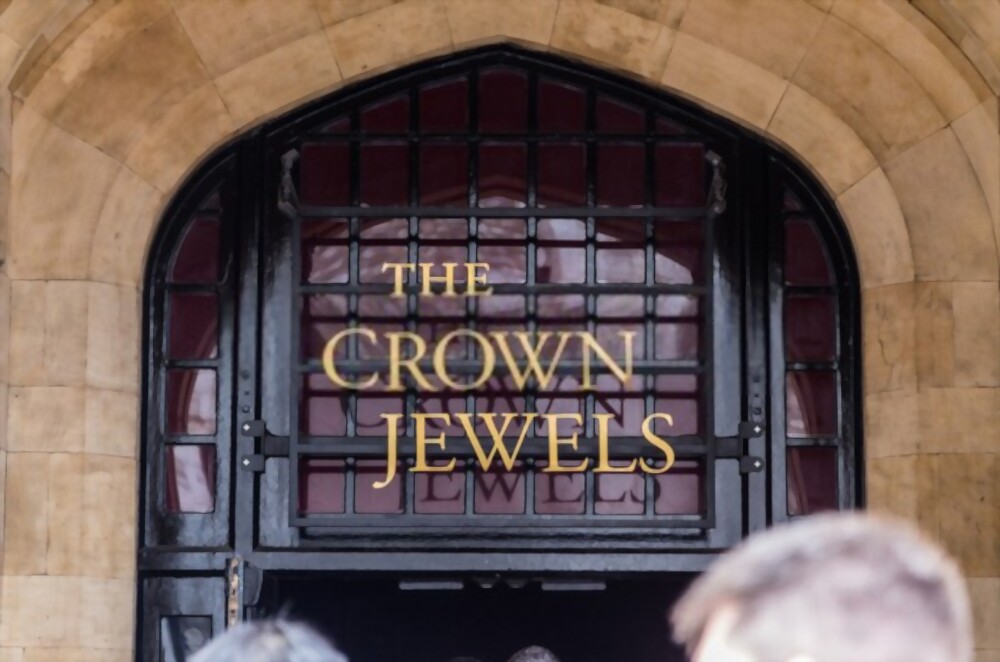
If there’s one thing I’ve learned at school, it is that, when it comes to history, there is nothing like a fun fact to help our memory remember things.
So here I am to give you a quick overview of the history of one of the most loved and coveted jewels in the world: diamonds
The term diamond comes from the ancient Greek adamas, meaning unbreakable and invincible. As we all know, diamonds are an enduring symbol of love, romance, and commitment, and, not surprisingly, their etymology seems to lead back, mainly to their unique characteristics.
According to ancient Greeks, these precious stones of extreme hardness would have been generated by fragments of stars fallen on earth.
I am sure you know who Cupid is, but did you know that his power came precisely from diamonds?
That’s right! Ancient mythology says that the arrows of the Greek God of love had a point made of diamond, a stone of incomparable magical power that could make anyone fall hopelessly in love.
The wonder of these precious gems doesn’t end here!
Indeed, the link between diamonds and love seems to find itself also in the Greeks’ belief that the fire of the diamond, conveyed by the set of reflections of vivid colors emanating from the gem, was the mirror of the flame of eternal love.
Romantic, isn’t it?
In the past, legends describe this rare and precious stone as the bearer of incredible magical powers: diamonds could dissolve spells, neutralize poison, sane the mads, and dispel nightmares. Moreover, these gems could make their bearer rich, lovable, and protected from envy and regenerate the energies in a sort of boomerang effect: negative thoughts would bring back negative events.
Have you ever seen the movie the Sword in the Stone? Well, if you have, I am sure you will remember the shining halo around the sword, but maybe you didn’t notice the diamond embedded in the handle.
I know what you’re thinking, how was I supposed to know it? Don’t worry, it happens even to the best of us! You have probably seen the movie as a child and, honestly, at the end of the day, that detail wasn’t easy to see.
However, it is easily explained. Apparently, in the Middle Age the idea prevailed that the property of the diamonds’ hardness was the key against evil and negative forces and for this reason, the nobles used to embed them in the hilt of their blade to be protected from their enemies.
Are you still with me? Great!
My interest in diamonds led me to deepen this topic and I was very surprised to find out so many curious facts and anecdotes around the origin of some of the most famous diamonds in the world.
For example, did you know that most of them hide a history roughly marked by misfortunes?
The Koh-i Noor, the largest diamond in the world nowadays set in the British royal crown, brought pain and blood to all its male owners but interestingly enough, became harmless only in the hands of Queen Victoria.
According to the legend, this oval-shaped diamond represented the eye of a peacock on the precious throne of an Indian prince. At those times, owning such a stone symbolized an enormous, supernatural power and whoever had the KOH-I-NOOR could rule the whole world.

In 1730 the Shah of Persia defeated the Indian Mughal dynasty and took possession of the diamond. The myth states that a member of the Shah Emperor’s harem informed Shah Nadir that the jewel was hidden in the emperor’s turban.
During the victory celebrations, Nadir was clever enough to suggest staging a traditional East ritual that required the two leaders to exchange headdresses. This act represented a brotherly bond, sincerity, and eternal friendship, therefore, a refusal by the host would have meant a deep offense to the conquering hero. Later that night, when Shah Nadir unrolled his turban, he found the gem inside. As soon as he saw it, he exclaimed: “koh-i-noor” which means “mountain of light” from which its name derives.
What a story!
Finally, coming to more modern times, having a diamond embedded in the engagement ring is a tradition that dates back to 1477, when Archduke Maximilian of Austria gave a diamond ring to his betrothed Mary of Burgundy. However, the reason why women wear the ring on the ring finger of their left hand seems to derive from the Egyptian culture according to which the vein of love ran directly from the heart to the tip of the ring finger of the left hand.

